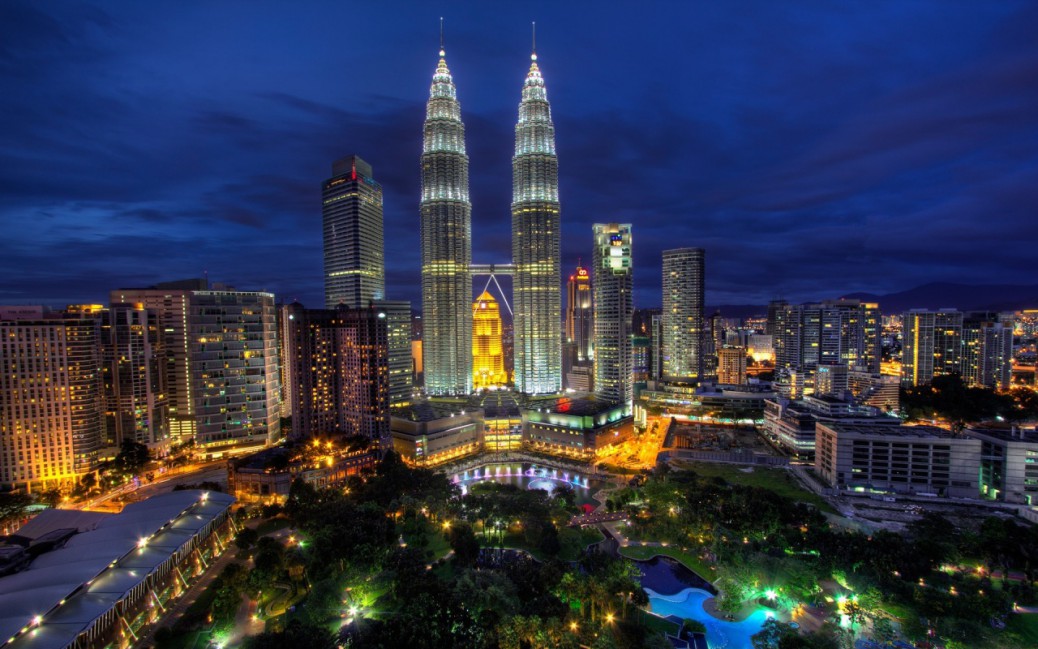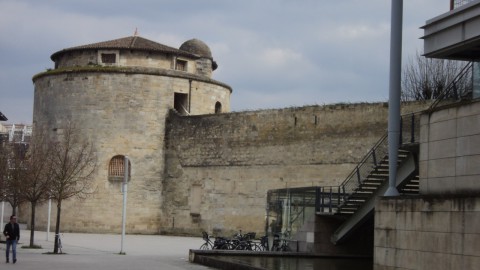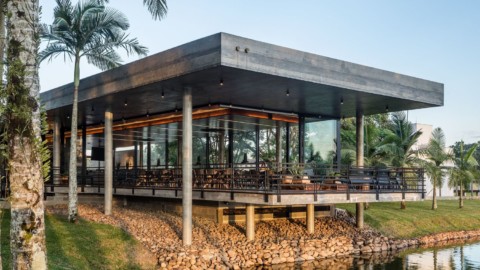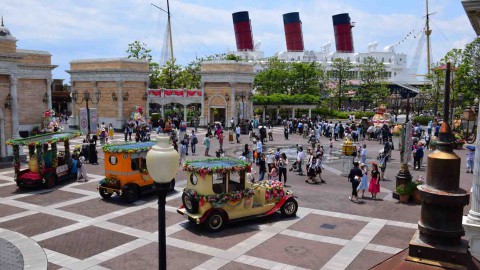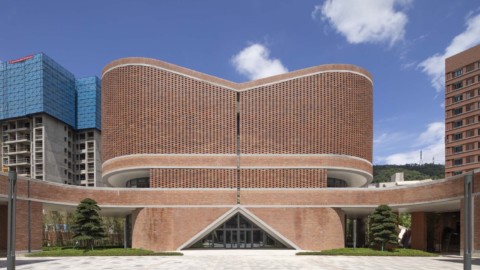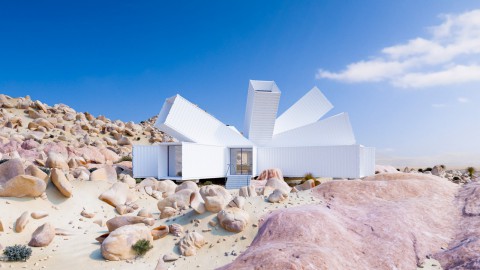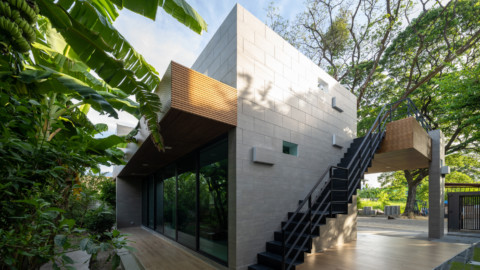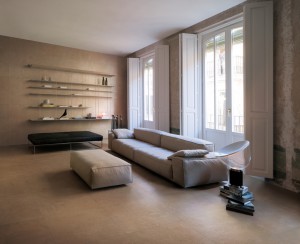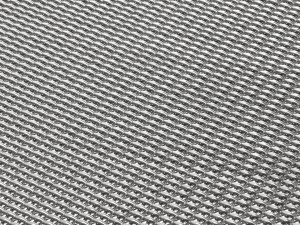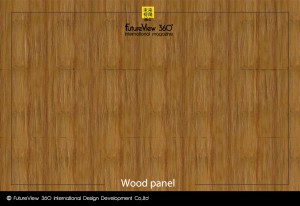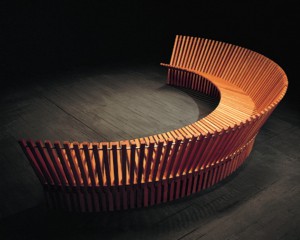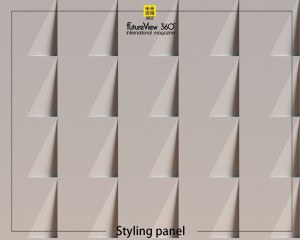Petronas Towers 雙子塔
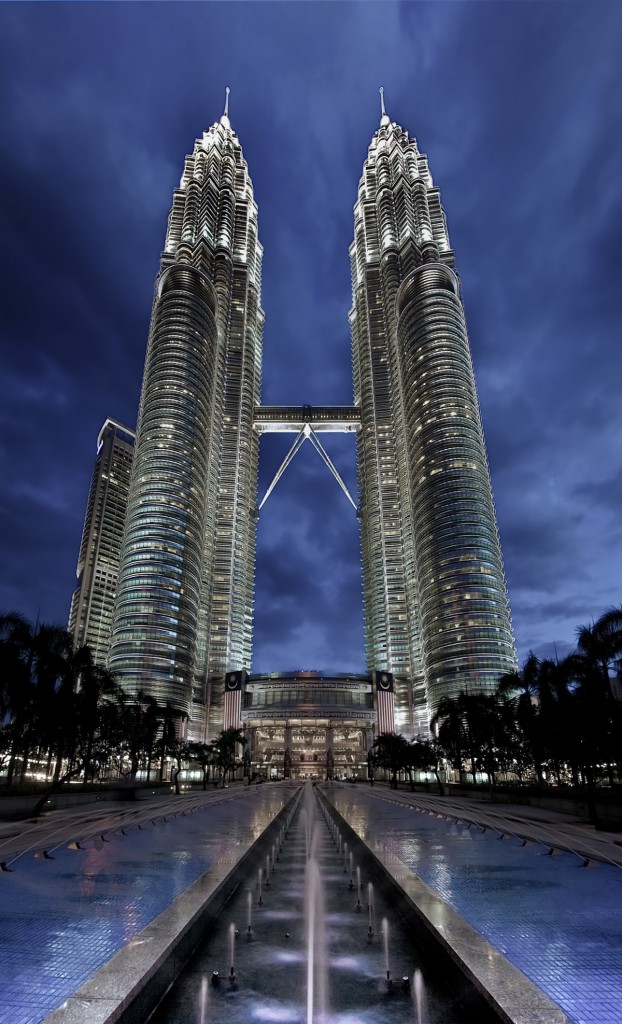
The Petronas Towers, also known as the Petronas Twin Towers (Malay: Menara Petronas, or Menara Berkembar Petronas), are twin skyscrapers. According to the Council on Tall Buildings and Urban Habitat (CTBUH)’s official definition and ranking, they were the tallest buildings in the world from 1998 to 2004 and remain the tallest twin towers in the world. The buildings are a landmark of Kuala Lumpur, along with nearby Kuala Lumpur Tower.
雙子塔,也被稱為雙子塔(馬來語:Menara Petronas,或Menara Berkembar Petronas),是雙子摩天大樓。 根據高層建築和城市人居委員會(CTBUH)的官方定義和排名,它們是1998年至2004年世界上最高的建築物,仍然是世界上最高的雙子塔。 這些建築是吉隆坡的標誌性建築,附近還有吉隆坡塔。
Record height
Tallest in the world from 1998 to 2004
Preceded by:Willis Tower
Surpassed by:Taipei 101
General information
Type:Commercial offices and tourist attraction
Architectural style:Postmodern Islamic architecture
Location:Jalan Ampang, Kuala Lumpur, Malaysia
Coordinates:3.158°N 101.712°ECoordinates: 3.158°N 101.712°E
Groundbreaking:1 January 1992
Construction started:1 March 1993
Completed:1 March 1996
Inaugurated:31 August 1999
Renovated:15 September 2011
Cost:US$1.6 billion
Owner:KLCC Holdings Sdn Bhd
Height
Architectural:451.9 m (1,483 ft)
Tip:451.9 m (1,483 ft)
Roof:378.6 m (1,242 ft)
Top floor:375 m (1,230 ft)
Technical details
Floor count:88 (+5 below ground)
Floor area:395,000 m2 (4,252,000 sq ft)
Lifts/elevators:40 (each tower)
Design and construction
Architect:César Pelli
Developer:KLCC Holdings Sdn Bhd
Structural engineer:Thornton Tomasetti
Main contractor:Tower 1: Hazama Corporation
Tower 2: Samsung Engineering & Construction and Kukdong Engineering & Construction
City Center: B.L. Harbert International
記錄高度
1998年至2004年,世界上最高
之前:威利斯大廈
超越:台北101
一般信息
類型:商業辦公室和旅遊景點
建築風格:後現代伊斯蘭建築
地點:馬來西亞吉隆坡Jalan Ampang
坐標:3.158°N 101.712°ECoordinates:3.158°N 101.712°E
開創性:1992年1月1日
施工開始:1993年3月1日
完成時間:1996年3月1日
開幕式:1999年8月31日
裝修:2011年9月15日
費用:16億美元
所有者:KLCC Holdings Sdn Bhd
高度
建築:451.9米(1,483英尺)
提示:451.9米(1,483英尺)
屋頂:378.6米(1,242英尺)
頂層:375米(1,230英尺)
技術細節
樓層數:88(地下+5)
建築面積:395,000平方米(4,252,000平方英尺)
電梯/電梯:40(每個塔)
設計和施工
建築師:CésarPelli
開發者:KLCC Holdings Sdn Bhd
結構工程師:Thornton Tomasetti
主承包商:1號樓:Hazama Corporation
2號樓:三星工程建設和Kukdong工程建設
市中心:B.L。哈伯特國際
The Petronas Towers’ structural system is a tube in tube design, invented by Fazlur Rahman Khan. Applying a tube-structure for extreme tall buildings is a common phenomenon.
Development of the Petronas Towers Tower 1 level 43 floor plan from a Rub el Hizb symbol.
the cross section of the Petronas Towers based on a Rub el Hizb, albeit with circular sectors is similar to the bottom part of qutb minar. The minaret could be a source of influence
The 88-floor towers are constructed largely of reinforced concrete, with a steel and glass facade designed to resemble motifs found in Islamic art, a reflection of Malaysia’s Muslim religion. Another Islamic influence on the design is that the cross section of the towers is based on a Rub el Hizb, albeit with circular sectors added to meet office space requirements. The tower evoke the image of Qutb Minar.
The towers were designed by Argentine architect César Pelli. A distinctive postmodern style was chosen to create a 21st-century icon for Kuala Lumpur, Malaysia. Planning on the Petronas Towers started on 1 January 1992 and included rigorous tests and simulations of wind and structural loads on the design. Seven years of construction followed at the former site of the original Selangor Turf Club, beginning on 1 March 1993 with excavation, which involved moving 500 truckloads of earth every night to dig down 30 metres (98 ft) below the surface.
Petronas Towers的結構系統是由Fazlur Rahman Khan發明的管中管設計。對於極高的建築物應用管結構是常見的現象。
從Rub el Hizb標誌開發Petronas Towers Tower 1層43平面圖。
基於Rub el Hizb的雙子塔的橫截面雖然有圓形扇形,但與qutb minar的底部相似。尖塔可能是影響力的源泉
這座88層高的塔樓主要由鋼筋混凝土建造而成,鋼製和玻璃幕牆的設計類似於伊斯蘭藝術中的圖案,反映了馬來西亞的穆斯林宗教信仰。伊斯蘭教對設計的另一個影響是,塔樓的橫截面基於Rub el Hizb,儘管增加了圓形扇形以滿足辦公空間要求。塔樓喚起了Qutb Minar的形象。
塔樓由阿根廷建築師CésarPelli設計。選擇了一種獨特的後現代風格,為馬來西亞吉隆坡創造了一個21世紀的偶像。雙子塔的規劃始於1992年1月1日,包括對設計的風和結構載荷的嚴格測試和模擬。在原雪蘭莪賽馬俱樂部的原址上進行了七年的建設,從1993年3月1日開始進行挖掘,其中包括每晚搬運500卡車的土地以挖掘地表以下30米(98英尺)。
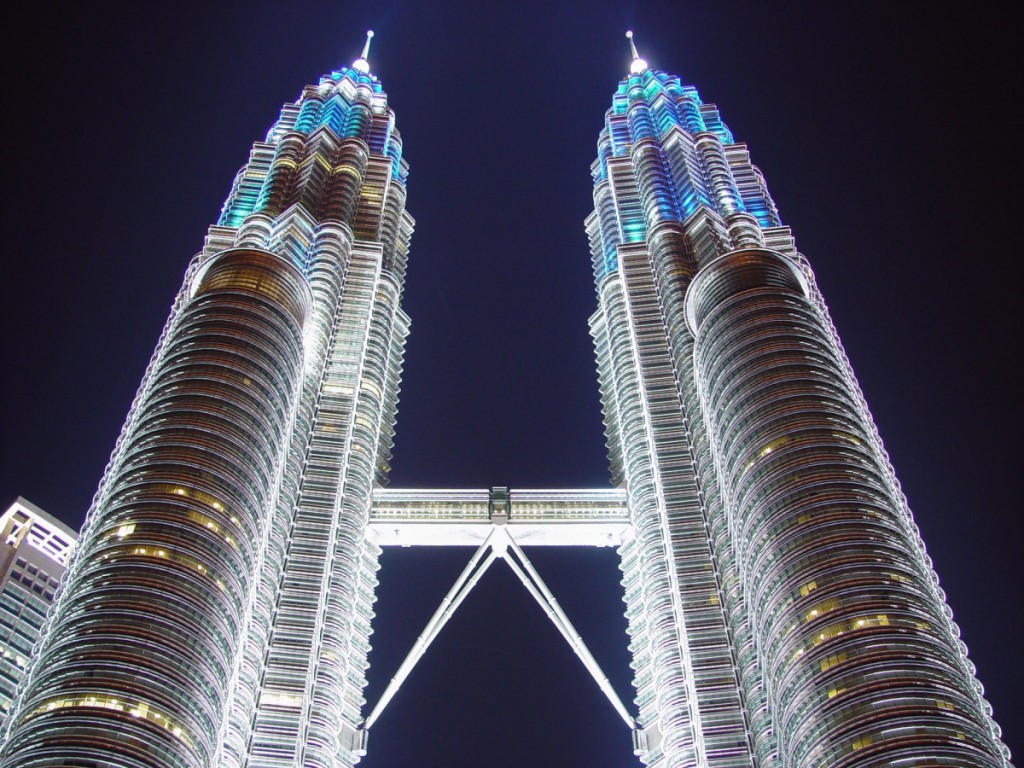
The construction of the superstructure commenced on 1 April 1994. Interiors with furniture were completed on 1 January 1996, the spires of Tower 1 and Tower 2 were completed on 1 March 1996, 3 years after its construction was started, and the first batch of Petronas personnel moved into the building on 1 January 1997. The building was officially opened by the Prime Minister of Malaysia’s Tun Dr. Mahathir bin Mohamad on 1 August 1999. The twin towers were built on the site of Kuala Lumpur’s race track. Test boreholes found that the original construction site effectively sat on the edge of a cliff. One half of the site was decayed limestone while the other half was soft rock. The entire site was moved 61 metres (200 ft) to allow the buildings to sit entirely on the soft rock. Because of the depth of the bedrock, the buildings were built on the world’s deepest foundations. 104 concrete piles, ranging from 60 to 114 metres (197 to 374 ft) deep, were bored into the ground. The concrete raft foundation, comprising 13,200 cubic metres (470,000 cu ft) of concrete was continuously poured through a period of 54 hours for each tower. The raft is 4.6 metres (15 ft) thick, weighs 32,500 tonnes (35,800 tons) and held the world record for the largest concrete pour until 2007. The foundations were completed within 12 months by Bachy Soletanche and required massive amounts of concrete. As a result of the Malaysian government specifying that the buildings be completed in six years, two construction consortiums were hired to meet the deadline, one for each tower. Tower 1, the west tower (left in the top-right photograph) was built by a Japanese consortium led by the Hazama Corporation (JA Jones Construction Co., MMC Engineering Services Sdn Bhd, Ho Hup Construction Co. Bhd and Mitsubishi Corp) while Tower 2, the east tower (right in the top-right photograph) was built by a South Korean consortium led by the Samsung C&T Corporation (Kukdong Engineering & Construction and Syarikat Jasatera Sdn Bhd). Ekovest Berhad, with Tan Sri Datuk Lim Kang Hoo at its helm also played an integral role in the construction as well as final fit outs of the towers and the shopping mall below the towers (Suria KLCC). Early into construction a batch of concrete failed a routine strength test causing construction to come to a complete halt. All the completed floors were tested but it was found that only one had used a bad batch and it was demolished. As a result of the concrete failure, each new batch was tested before being poured. The halt in construction had cost US$700,000 per day and led to three separate concrete plants being set up on the site to ensure that if one produced a bad batch, the other two could continue to supply concrete. The sky bridge contract was completed by Kukdong Engineering & Construction. Tower 2 (Samsung C&T) became the first to reach the world’s tallest building at the time.
上層建築的建造於1994年4月1日開始。家具內部裝修於1996年1月1日完工,1號塔和2號塔的尖頂於1996年3月1日,即建設開始3年後完工,第一批國家石油公司1997年1月1日,馬來西亞總理馬哈蒂爾·本·穆罕默德博士正式開放該大樓。雙子塔建在吉隆坡賽道上。測試鑽孔發現原始施工現場有效地坐在懸崖的邊緣。該遺址的一半是腐爛的石灰岩,而另一半是軟岩。整個場地移動了61米(200英尺),使建築物完全坐在軟岩上。由於基岩的深度,建築物建在世界上最深的基礎上。 104個混凝土樁,深度為60至114米(197至374英尺),鑽入地下。混凝土筏基礎,包括13,200立方米(470,000立方英尺)的混凝土,每個塔連續澆注54小時。該木筏厚4.6米(15英尺),重達32,500噸(35,800噸),並創下了2007年以來最大混凝土澆築的世界紀錄。基礎由Bachy Soletanche在12個月內完成,需要大量混凝土。由於馬來西亞政府規定建築物將在六年內完工,因此僱用了兩個建築財團以滿足最後期限,每個塔樓一個。塔1,西塔(右上圖中左側)是由Hazama Corporation(JA Jones Construction Co.,MMC Engineering Services Sdn Bhd,Ho Hup Construction Co. Bhd和Mitsubishi Corp)領導的日本財團建造的。塔2,東塔(右上圖)右側是由三星C&T公司(Kukdong Engineering&Construction and Syarikat Jasatera Sdn Bhd)領導的韓國財團建造的。 Ekovest Berhad與Tan Sri Datuk Lim Kang Hoo一起掌舵也在塔樓和塔樓下面的購物中心(Suria KLCC)的建築以及最終裝修方面發揮了不可或缺的作用。在施工初期,一批混凝土未通過常規強度試驗,導致施工完全停止。所有已完工的樓層都經過測試,但發現只有一個人使用了不良批次並將其拆除。由於混凝土失效,每批新批次在澆注前都經過測試。建築停工每天花費70萬美元,並在現場建立了三個獨立的混凝土工廠,以確保如果生產了一批不良產品,另外兩個可以繼續供應混凝土。天橋合同由Kukdong Engineering&Construction完成。 Tower 2(三星C&T)成為當時第一個達到世界最高建築的人。
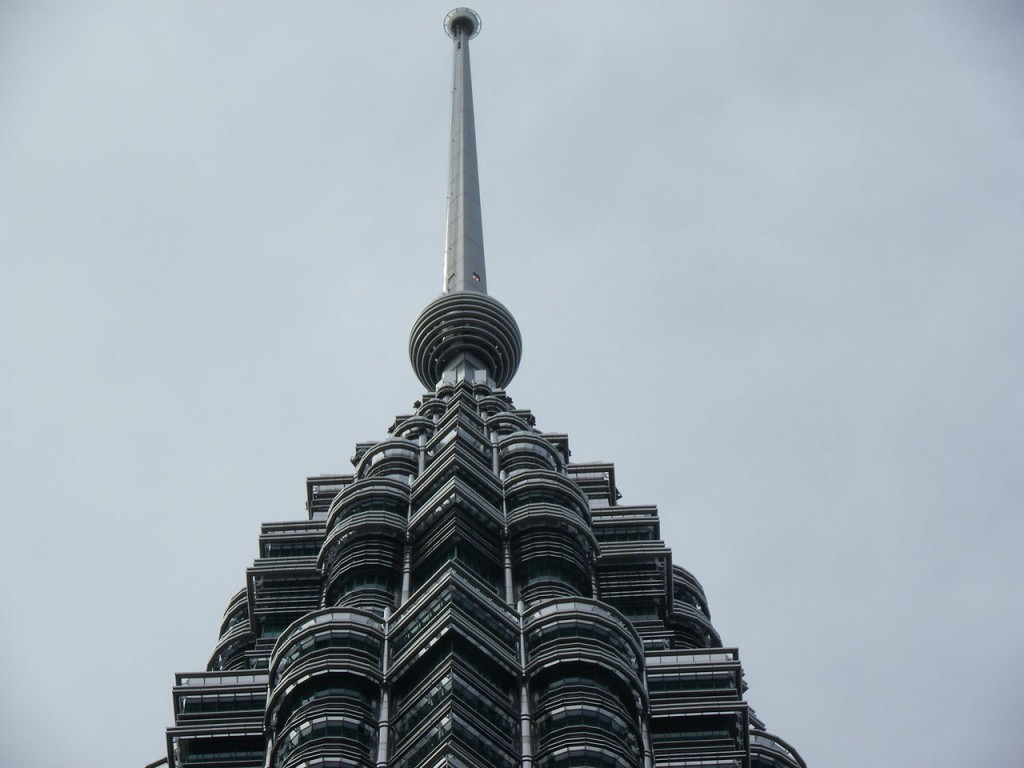
Due to the huge cost of importing steel, the towers were constructed on a cheaper radical design of super high-strength reinforced concrete. High-strength concrete is a material familiar to Asian contractors and twice as effective as steel in sway reduction; however, it makes the building twice as heavy on its foundation as a comparable steel building. Supported by 23-by-23 metre concrete cores and an outer ring of widely spaced super columns, the towers use a sophisticated structural system that accommodates its slender profile and provides 560,000 square metres of column-free office space. Below the twin towers is Suria KLCC, a shopping mall, and Petronas Philharmonic Hall, the home of the Malaysian Philharmonic Orchestra.
由於進口鋼材的巨大成本,塔樓採用更便宜的超高強度鋼筋混凝土設計。 高強度混凝土是亞洲承包商所熟悉的材料,在減少搖擺方面的效果是鋼材的兩倍; 然而,它使建築物在其基礎上的重量是同等鋼結構建築的兩倍。 這些塔由23×23米的混凝土芯和寬間距超大柱的外環支撐,採用精密的結構系統,可以適應其細長的輪廓,並提供560,000平方米的無柱辦公空間。 雙子塔下面是Suria KLCC,一個購物中心,以及馬來西亞愛樂樂團的所在地Petronas Philharmonic Hall。
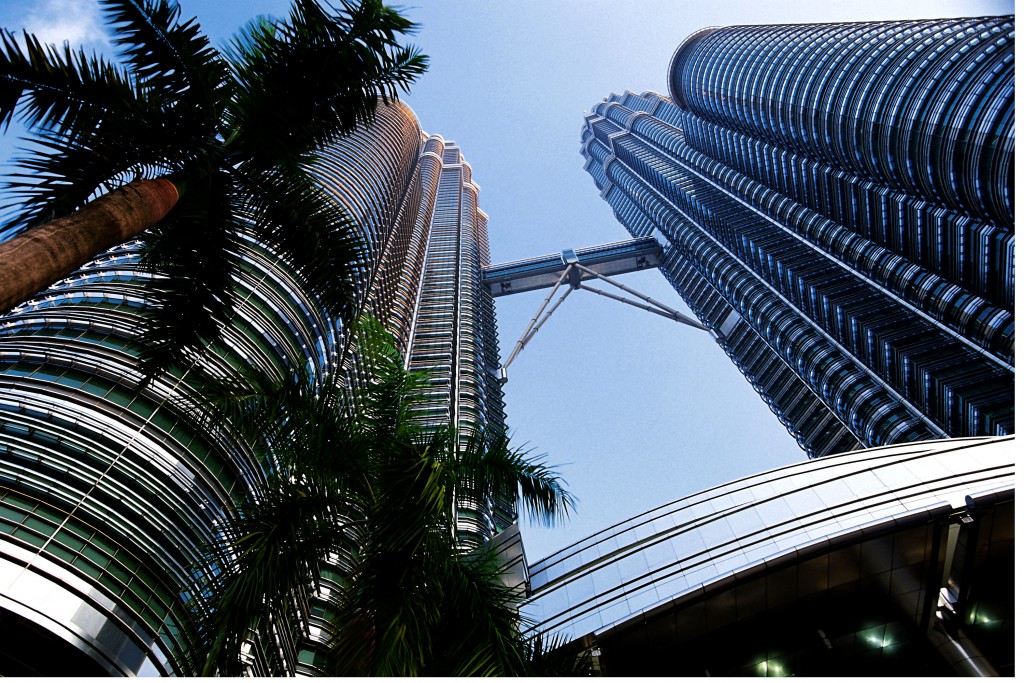
The towers feature a double decker skybridge connecting the two towers on the 41st and 42nd floors, which is the highest 2-story bridge in the world. It is not attached to the main structure, but is instead designed to slide in and out of the towers to prevent it from breaking, as the towers sway several feet in towards and away from each other during high winds. It also provides some structural support to the towers in these occasions. The bridge is 170 m (558 ft) above the ground and 58.4 m (192 ft) long, weighing 750 tons. The same floor is also known as the podium, since visitors going to higher levels have to change elevators here. The skybridge is open to all visitors, but tickets are limited to about 1000 people per day, and must be obtained on a first-come, first-served basis. Initially, the visit was free but in 2010, the tickets started being sold by Petronas. Visitors can choose to opt for package one which is just a visit to the skybridge or go for package two to go to the skybridge and all the way to level 86. Visitors are only allowed on the 41st floor as the 42nd floor can only be used by the tenants of the building.
The skybridge also acts as a safety device, so that in the event of a fire or other emergency in one tower, tenants can evacuate by crossing the skybridge to the other tower. The total evacuation triggered by a bomb hoax on 12 September 2001 (the day after the September 11 attacks destroyed the twin towers of the World Trade Center in New York City) showed that the bridge would not be useful if both towers need to be emptied simultaneously, as the capacity of the staircases was insufficient for such an event. Plans thus call for the lifts to be used if both towers need to be evacuated, and a successful drill following the revised plan was conducted in 2005.
There is a two hinged arch that supports the skybridge with arch legs, each 51 metres (167 ft) long, that are bolted to level 29 of each of the towers. After being constructed on the ground, the skybridge was lifted into place on the towers over a period of three days in July 1995. Instead of being directly connected to the towers, the skybridge can shift or slide in and out of them to counterbalance any effect from the wind. Residing on the 41st and 42nd floors, the skybridge connects a conference room, an executive dining room and a prayer room.
塔樓設有一個雙層天橋,連接41層和42層的兩座塔樓,這是世界上最高的2層橋樑。它沒有連接到主結構,而是設計成滑入和滑出塔,以防止它破裂,因為塔在大風中朝向和遠離彼此搖擺幾英尺。在這些場合,它還為塔提供了一些結構支撐。該橋高出地面170米(558英尺),長58.4米(192英尺),重達750噸。同一層也被稱為講台,因為前往更高層的遊客必須在這裡更換電梯。天橋向所有遊客開放,但門票每天約有1000人,必須按照先到先得的原則獲得。最初,這次訪問是免費的,但在2010年,門票開始由Petronas出售。遊客可以選擇參加一個僅參觀天橋的套餐,或選擇二人套餐前往天橋,一直到86樓。僅限第41層的遊客入住,因為42樓只能使用由建築物的租戶。
天橋也起到安全裝置的作用,因此在一個塔樓發生火災或其他緊急情況時,租戶可以通過穿過天橋到另一個塔樓撤離。 2001年9月12日(9月11日襲擊事件摧毀了紐約市世界貿易中心雙塔)爆炸事件引發的全面撤離事件表明,如果兩座塔樓需要同時清空,這座橋將無濟於事因為樓梯的容量不足以應對這種事件。因此,如果兩座塔都需要撤離,計劃就要求使用升降機,並且在2005年按照修訂後的計劃進行了成功的鑽探。
有一個兩個鉸接的拱形支撐著具有拱形腿的天橋,每個長51米(167英尺),用螺栓固定在每個塔的29層上。在地面上建造後,天橋在1995年7月的三天內升空到塔上。天橋不是直接連接到塔樓,而是可以移動或滑入它們以抵消任何影響從風。天橋位於41層和42層,連接會議室,行政餐廳和祈禱室。
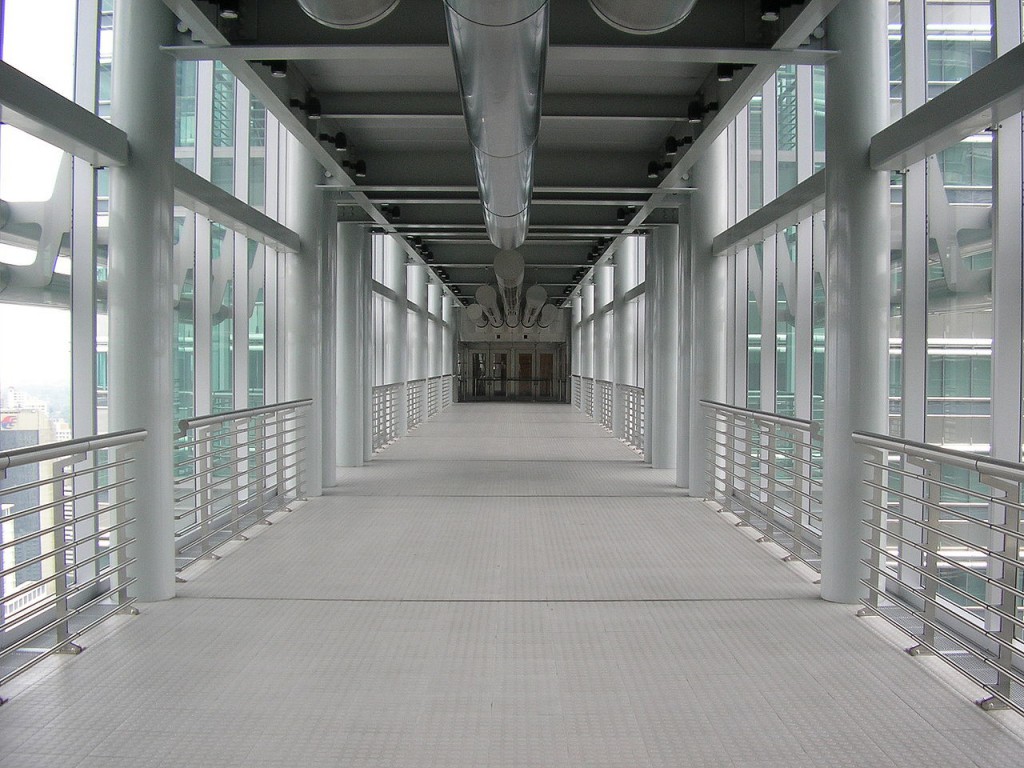
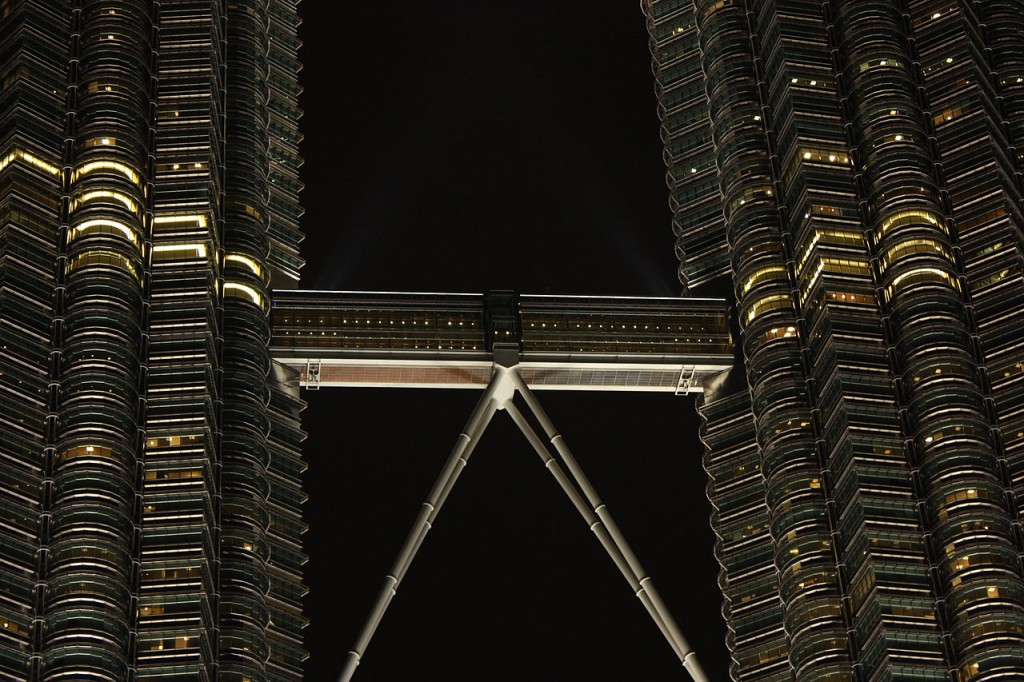
FROM:https://en.wikipedia.org/wiki/Petronas_Towers
FROM:Petronas Twin Towers – Milestones
FROM:PETRONAS TWIN TOWERS TOUR
FROM:The Petronas Towers, also known as the Petronas Twin Towers in Kuala Lumpur, Malaysia
Don’t you think it’s addictive?
Want to know more about the beauty of architecture?
Come and join our members to explore the beauty of architectural design.
覺得看得不過癮嗎?
想要知道更多建築之美嗎?
快來加入我們的會員,一同探索建築設計之美。
The above article is purely for appreciation and sharing purposes, as well as the construction of new technology and the public can be in-depth understanding of the information at the same time there are sources, will be able to query, no use of the document as a commercial transaction, if illegal, please inform the We will immediately remove the site, thank you for cooperation.
以上文章純粹作為欣賞及分享用途,以及將建築新型技術傳遞給與大眾能夠深入了解,同時資料還有來源,將可查詢,絕無使用該文件資料作為商業交易行為,如有違法請務必告知該網站我們將立即處理撤除,謝謝合作。

